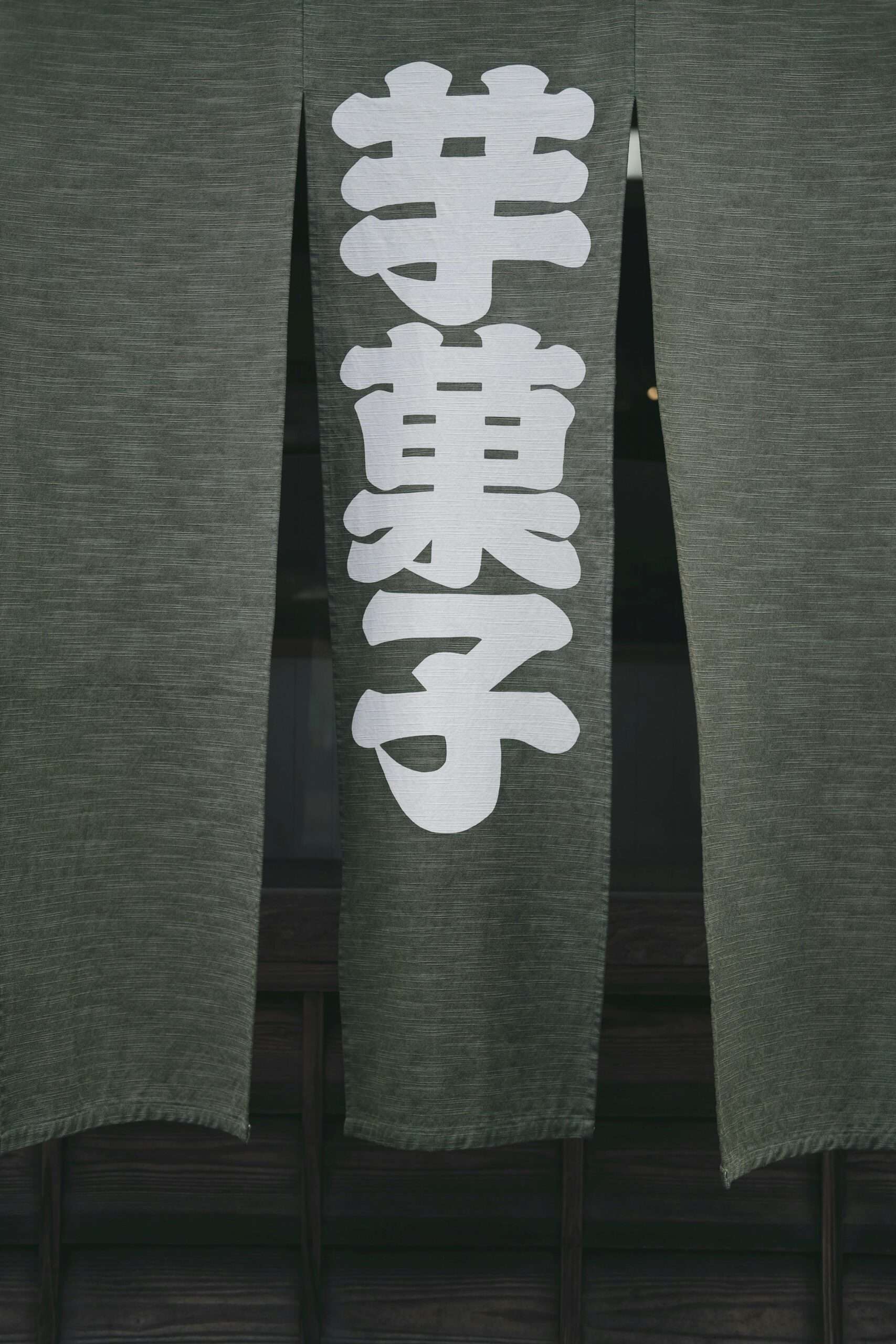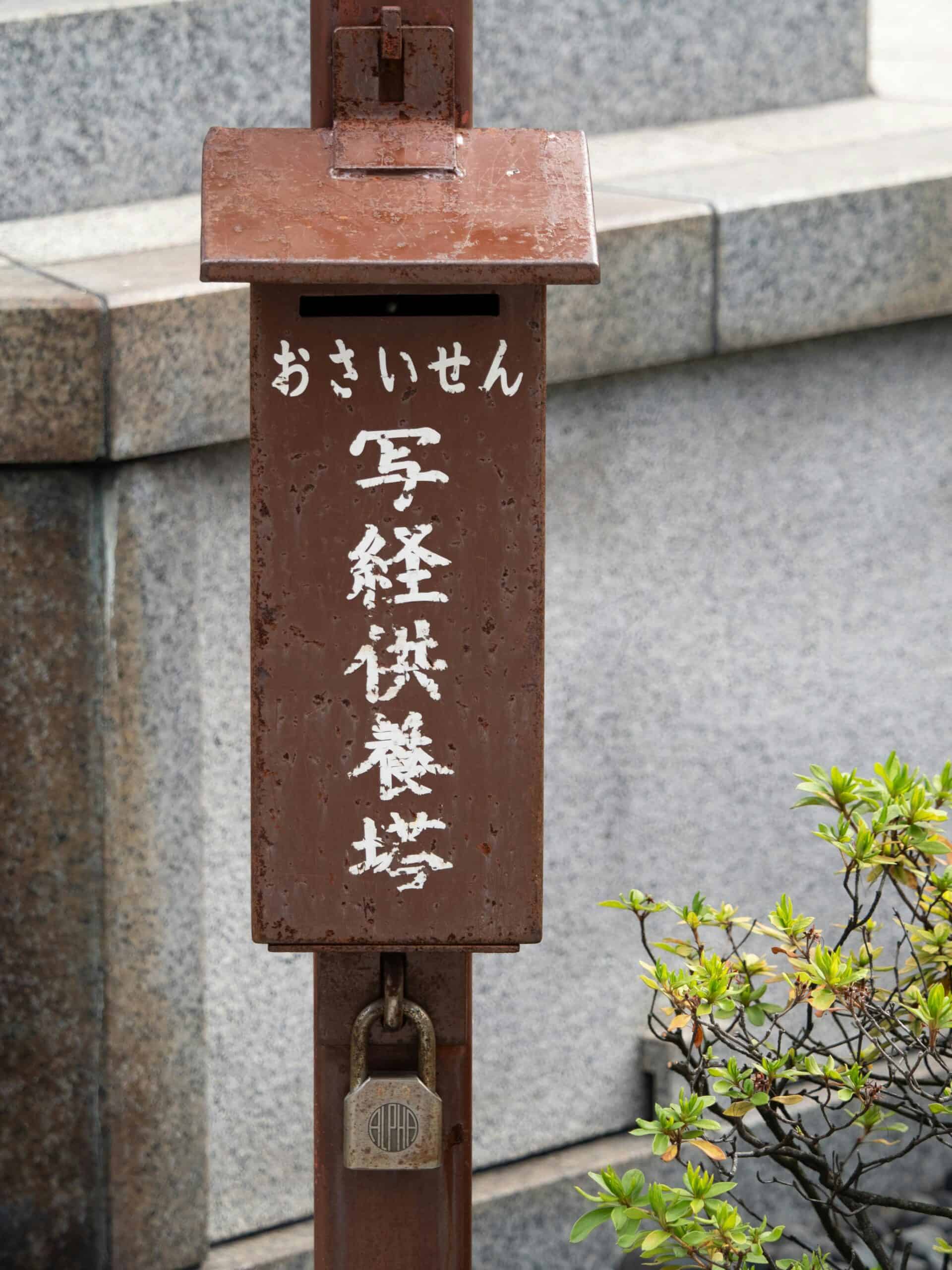Deciding to learn a new language is an exciting step, and for those considering Asian languages, the choice often comes down to Korean or Japanese.
Each language offers its unique charm, cultural richness, and a window to a fascinating part of the world. Although they share certain similarities due to historical connections, they are distinct in their writing systems, grammar, and phonetics.
The decision to learn Korean or Japanese may be influenced by personal interest in the respective cultures, potential career opportunities, or future travel plans.
Prospective learners might consider the number of speakers and where the language is spoken as one of the criteria for their choice. While Korean is primarily spoken in South and North Korea, Japanese has its speakers mainly in Japan.
Nevertheless, both languages are present on the global stage, and the choice might boil down to which culture or linguistic challenge one finds more appealing.
Enthusiasm for Korean pop culture, known as Hallyu, or fascination with Japanese anime and technology, can play a significant role in this decision. Understanding both languages' complexities and ease of learning can also guide learners.
Japanese has 3 writing systems—Hiragana, Katakana, and Kanji—which may seem intimidating at first. Conversely, Koreans have an alphabet known as Hangul, celebrated for its scientific design and ease of learning.
However, these are just facets of a much larger picture when choosing between Korean and Japanese, where personal motivations and cultural preferences are paramount.

Jump to:
🤔 Determining Your Language Learning Objectives
Culture and Pop Culture Engagement
Individuals fascinated by Japanese culture may be drawn to its anime, manga, and traditional arts, appreciating Japan's unique blend of historical richness and cutting-edge technology.
Conversely, fans of Korean culture might find K-pop, K-drama, and Korea's dynamic pop culture scene compelling reasons to learn Korean. Engaging with these cultural phenomena in their native languages can enrich the immersive experience.
Career Aspirations and Job Opportunities
Proficiency in Japanese or Korean can unlock significant job opportunities for those with career aspirations in international business, the economy, or technology.
With Japan's longstanding foothold in global markets and Korea's rising influence, language skills may be highly valued. Potential learners should consider where they may have better job prospects with their language choice.
Personal Growth and Interests
Language learning can be a journey of personal growth motivated by a love for the culture or a desire to challenge oneself. It may arise from personal interests such as travel, connecting with friends, or understanding a country's lifestyle. These motivations can sustain the long-term commitment required to achieve fluency in a new language.
Educational Goals and Resources
Prospective learners should also weigh available resources such as online courses or the presence of local language communities.
Those pursuing formal education may benefit from recognizing the Japanese Language Proficiency Test (JLPT) or equivalent proficiency measures for Korean. Such credentials can become valuable assets in both academic and professional contexts.
Global Stage and Recognition
Japanese and Korean languages have gained substantial recognition and popularity on the global stage.
Japan remains a key player in global economics and technology, while Korea has seen a meteoric rise in entertainment and pop culture influence. Deciphering which language aligns with one's aspirations on a global scale can influence the choice between the two.

💭 Comparative Analysis of Japanese and Korean
Historical Context and Influence
Both the Japanese and Korean languages have been influenced by Chinese. Historically, Chinese characters were used in both languages' writing systems. However, in the 15th century, Korea developed its own unique alphabet, Hangul, to promote literacy.
Alphabet and Writing Systems
Japanese combines 3 writing systems: Hiragana, Katakana, and Kanji. Hiragana is used for grammatical elements, while Katakana represents foreign words, and Kanji conveys meaning and sound.
Korean uses a single alphabet, Hangul, which is considered efficient due to its logical and phonemic structure.
Grammar and Sentence Structure
Both Japanese and Korean display SOV (Subject-Object-Verb) word order. They utilize particles to indicate the function of words within a sentence.
Korean grammar is characterized by its honorifics and multiple speech levels, which technically make it more complex. Japanese grammar also has politeness levels, though slightly less intricate than Korean.
Pronunciation and Sounds
The sound systems of Japanese and Korean differ distinctly. Japanese has a more straightforward phonetic inventory, with 5 pure vowels and relatively few consonants. In contrast, Korean has a broader range of consonants and vowels, including tense and aspirated sounds, that can be challenging to differentiate.
Vocabulary and Language Usage
Japanese and Korean share some cognates due to historical borrowings from Chinese, yet they also possess unique vocabulary with many loanwords from English and other languages.
Korean vocabulary changes with social context, adding layers of meaning, while Japanese employ Kanji to add depth and nuances to their vocabulary.

✍️ Ease of Learning for English Speakers
Similarities to English
While Korean or Japanese do not share significant similarities with English in terms of vocabulary or grammar, they offer aspects that are easy for English speakers to grasp.
For instance, Korean has adopted numerous English loanwords, which can make vocabulary acquisition somewhat more familiar. Japanese also has its share of English loanwords, known as gairaigo.
Challenges and Complexities
Japanese and Korean present quite a few challenges for English speakers as they both employ completely different writing systems.
Japanese use a mix of kanji (characters borrowed from Chinese), hiragana, and katakana, whereas Koreans use a unique phonetic alphabet known as Hangul.
Korean grammar might be considered slightly more manageable due to its lesser degree of form complexity, despite both languages having a Subject-Object-Verb (SOV) order that's different from English's Subject-Verb-Object (SVO).
Cultural Relevance and Language Demand
Japanese culture's widespread influence through media increases its global demand and the desire of many English speakers to learn it. However, Korean culture's recent global footprint, especially through K-pop and K-dramas, also boosts its importance and allure for learners.
Politeness Levels and Formality
Both Japanese and Korean languages employ various politeness and honorific levels, which are absent in English. They use different verb forms to show respect in formal and informal settings.
Understanding and using the correct politeness levels are crucial in mastering both languages and understanding the deeply rooted cultural nuances.

Cultural and Real-Life Applications
Entertainment and Media Consumption
Both Japan and South Korea are giants in global entertainment, offering expansive media to enjoy once the language barrier is overcome. Fans of anime and J-pop culture can experience these forms of entertainment without subtitles, understanding plots and lyrics in detail.
The same goes for aficionados of K-pop, K-drama, and the broader Hallyu wave, who can appreciate these arts in their original language and catch all the subtleties often lost in translation.
Formal and Business Settings
The Japanese economy is renowned for its technological prowess, while South Korea's rapid economic growth offers multiple job opportunities in companies like Samsung and Hyundai.
Both languages have intricate systems of formal language and etiquette, which are essential to effectively navigating corporate environments. Mastery of these languages opens doors to potential international business collaborations and enhances one's competitive edge in the global economy.
Language Learning Techniques and Tools
Studying Abroad and Immersion
Studying abroad offers learners firsthand experience with the language and culture. Immersion in a country where the language is spoken can significantly improve proficiency.
Japanese learners may take advantage of programs aimed at passing the Japanese Language Proficiency Test (JLPT), while Korean learners might focus on daily conversational skills and the nuances of Hangul, the Korean writing system.
Technology and Online Learning
Technology and online resources have revolutionized language learning. They offer interactive tools for mastering pronunciation, grammar, and vocabulary.
One can find online courses that provide structured learning paths for both Japanese and Korean. Resources such as Duolingo or Babbel include features like speech recognition to help with speaking and gamified lessons for a more engaging experience.
Community and Cultural Exchange
Community and cultural exchange programs can enhance language skills and cultural understanding.
Language exchange meet-ups or online platforms like Tandem provide environments where learners can practice speaking with native speakers. This real-world practice is crucial for acquiring fluency in Japanese or Korean colloquial aspects.
Testing and Certification
Testing is a valuable tool for learners to assess their language skills. For Japanese, the JLPT is the standardized test for measuring and certifying proficiency. Korean language learners might aim for the TOPIK (Test of Proficiency in Korean).
Preparing for these tests encourages a deeper study of the language's grammar, vocabulary, and appropriate usage in various contexts.
❓ Frequently Asked Questions
For business purposes, the choice between Japanese and Korean often depends on the specific industry and region of focus. Japan's large economy makes Japanese a valuable language for business, especially in the technology, automotive, and robotics sectors.
Many language experts suggest that Korean may be easier for an English speaker to learn due to its more straightforward grammar and phonetics and the unique Hangul writing system designed to be learned easily.
Fluency in Japanese might make learning Korean easier due to some similarities in vocabulary and grammar structures. However, the 2 languages are distinct and have different writing systems, requiring dedicated study.





Comments
No Comments